 Kempner's
Kempner's
Time Period: World War II through the Faubus Era (1941 - 1967)
 Kempner's
Kempner's
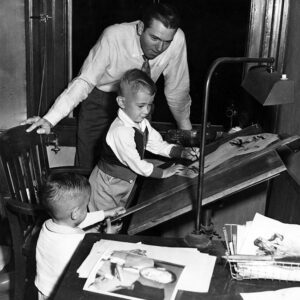 Jon Kennedy with Children
Jon Kennedy with Children
Kettles in the Ozarks, The
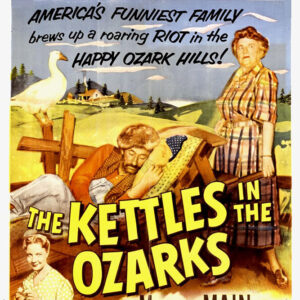 The Kettles In The Ozarks Poster
The Kettles In The Ozarks Poster
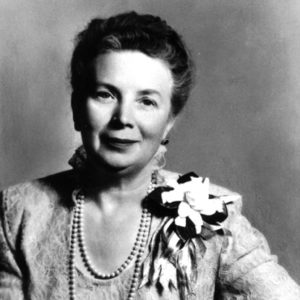 Vera Key
Vera Key
Kidd, Sue
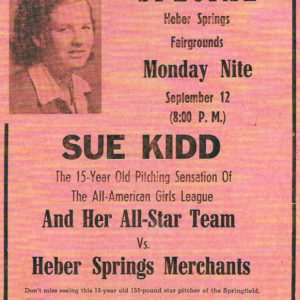 Sue Kidd Ad
Sue Kidd Ad
 Sue Kidd Baseball Card
Sue Kidd Baseball Card
 Ben Kimpel
Ben Kimpel
 Ben Kimpel
Ben Kimpel
Kimpel, Ben Drew
Kinder, Ellis Raymond
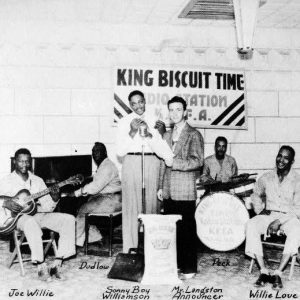 King Biscuit Time
King Biscuit Time
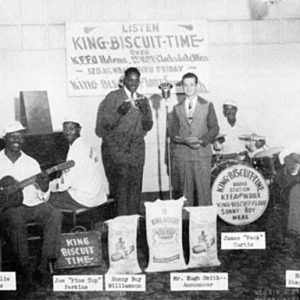 King Biscuit Time
King Biscuit Time
 King Cotton's Picking Book
King Cotton's Picking Book
King of Clubs
King, Albert
aka: Albert Nelson
King, Helen Martin
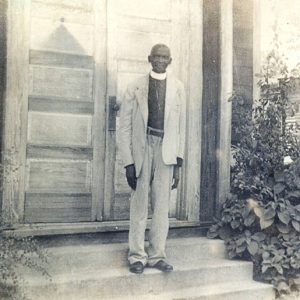 Rev. J. H. King
Rev. J. H. King
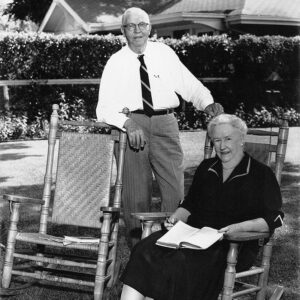 William and Lucille King
William and Lucille King
 "Kisses Sweeter Than Wine," Performed by the Weavers, Featuring Lee Hays
"Kisses Sweeter Than Wine," Performed by the Weavers, Featuring Lee Hays
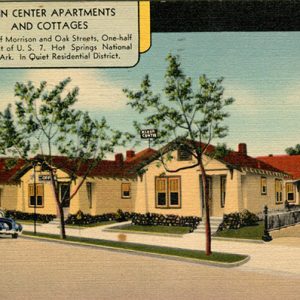 Klein Center Postcard
Klein Center Postcard
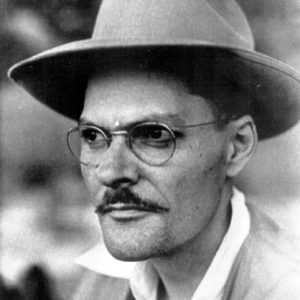 Paul Klipsch
Paul Klipsch
 Knoble Brewery
Knoble Brewery
Kochiyama, Yuri
Korean War
 Kraft Foods
Kraft Foods
 KTHS Building
KTHS Building
 KTHS Ad
KTHS Ad
 KTHS Control Room
KTHS Control Room
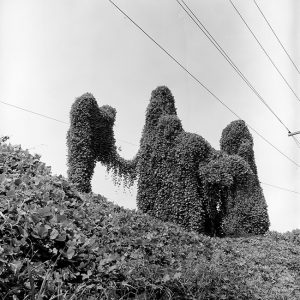 Kudzu
Kudzu
Kumpe, Roy Franklin
 Mike Kumpuris
Mike Kumpuris
Kuroda, Paul Kazuo
 Paul Kuroda with Students
Paul Kuroda with Students
KWEM
 KWEM Automobile
KWEM Automobile
L. C. and Daisy Bates Museum
 Sleepy LaBeef
Sleepy LaBeef
Labor Day Bombings of 1959
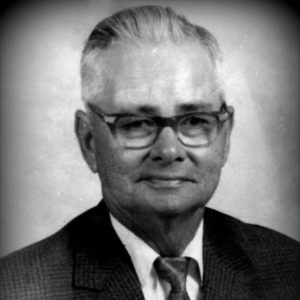 Bob LaCoste
Bob LaCoste
 Alan Ladd and Veronica Lake
Alan Ladd and Veronica Lake
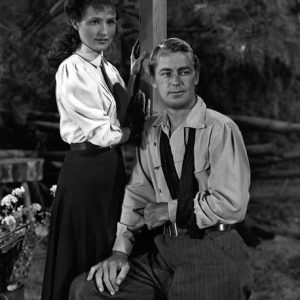 Alan Ladd and Brenda Marshall
Alan Ladd and Brenda Marshall
Ladd, Alan
aka: Alan Walbridge Ladd Jr.
Lafayette County Courthouse
 Lake Catherine Power Station
Lake Catherine Power Station
Lake Catherine State Park Prisoner of War Structures
Lake Conway Monster
aka: Skunk Ape
 Lake Francis Hotel
Lake Francis Hotel
 Lake Maumelle
Lake Maumelle




